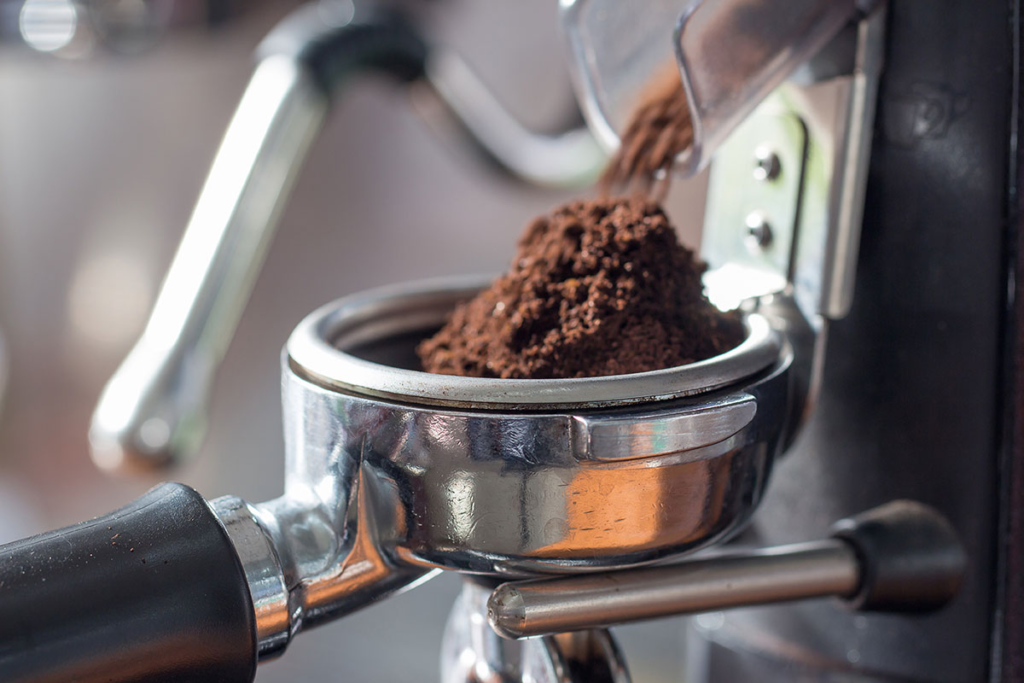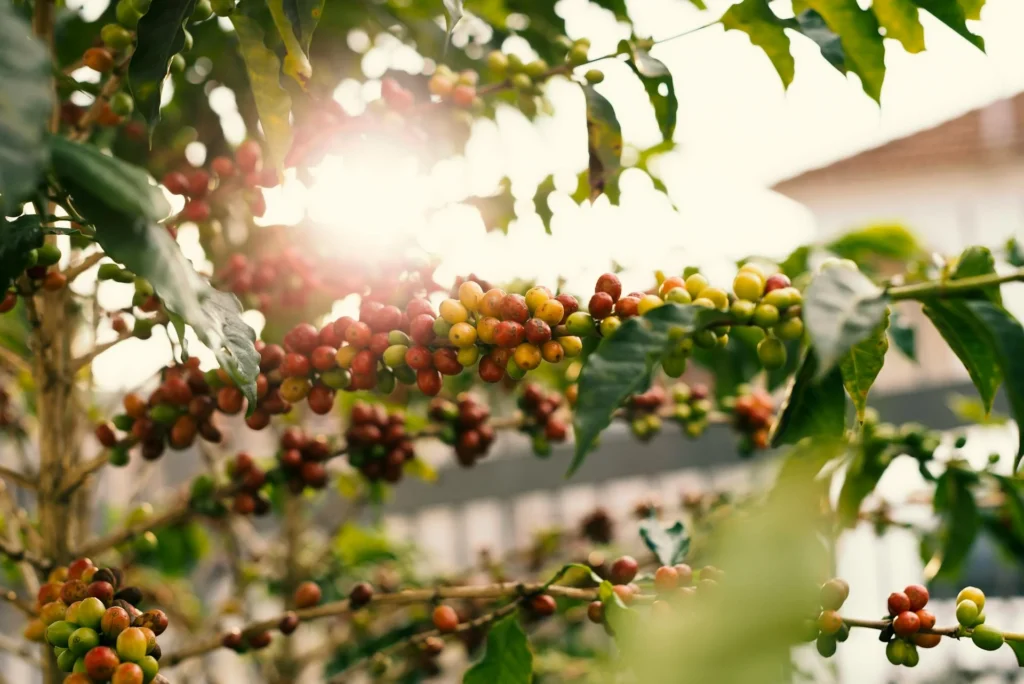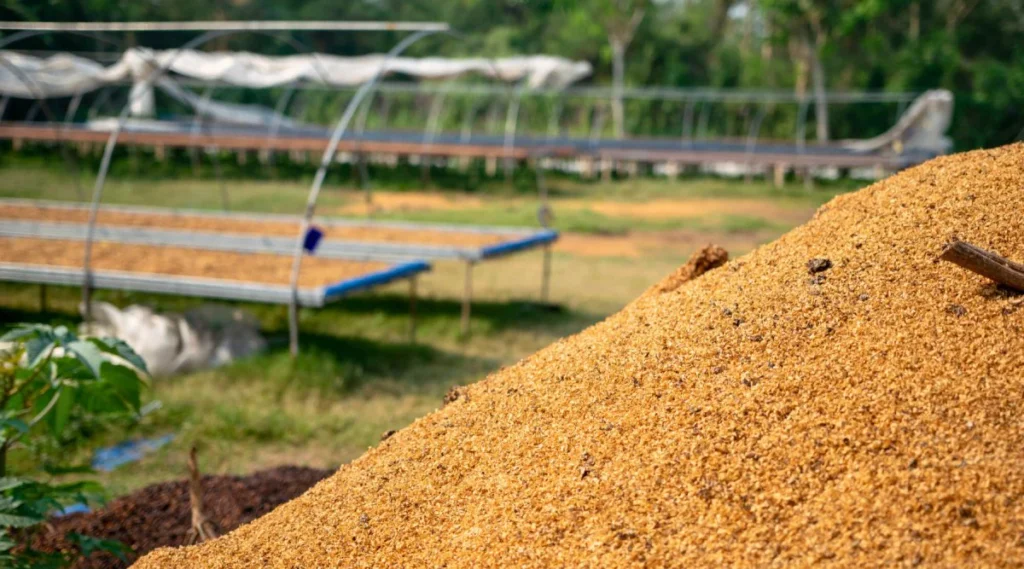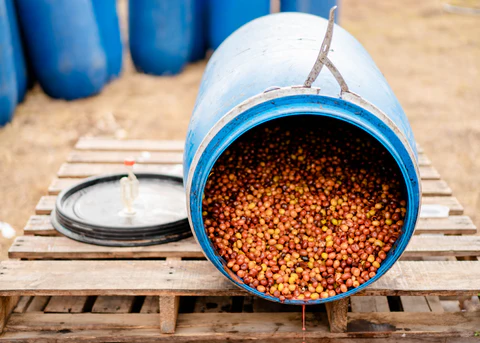Ethiopia is the birthplace of coffee and the source of some of the most complex, aromatic, and exciting beans available today. But how do these delicate, high-acid, floral coffees perform when subjected to the high-pressure, fast-extraction world of espresso? The answer is: beautifully, if you know how to work with them.
In this article, we explore the magic of Ethiopian beans in espresso. Known for their floral notes and bright acidity, these beans deliver a cup that’s vibrant, complex, and anything but basic. If you’re looking to level up your espresso game with bold origin character, Ethiopia might just be your new go-to.
What Sets Ethiopian Coffee Apart?

Ethiopian beans are known for:
- High elevation (1,700–2,200m)
- Heirloom varietals with wild genetic diversity
- Unique microclimates in smallholder plots
- A wide spectrum of flavor profiles, especially floral and citrus
Common Ethiopian Espresso Flavor Profiles

Depending on region and processing, Ethiopian espresso can deliver:
• Floral aromatics: jasmine, lavender, rose
• Citrus brightness: lemon, lime, bergamot
• Stone fruit: peach, apricot
• Delicate body and tea-like texture
These qualities make Ethiopian espresso lively and layered, but also challenging to dial in due to their acidity and light body.
Washed vs Natural Processed Ethiopian Beans in Espresso

Washed Process
- Cleaner and brighter
- Emphasizes florals and citrus
- Higher clarity in flavor
- Requires precise extraction to avoid sourness

Natural Process

- Fruity and sweet, more body
- Notes of blueberry, strawberry, tropical fruit
- Risk of fermentation if not roasted or brewed carefully
- Great for bold, unique espresso shots
Dialing In Ethiopian Espresso: Tips and Challenges

Ethiopian beans are typically lightly roasted, dense, and high in acid. This means:
- Use a finer grind
- Higher brew temp: 200–203°F
- Pre-infusion helps tame acidity and unlock sweetness
- Longer brew times: aim for 30–35 seconds for clarity and balance
Starting Recipe for Washed Ethiopians
- 18g in → 40g out
- 30–32 seconds
- Medium-fine grind
Starting Recipe for Naturals
- 18g in → 36g out
- 27–30 seconds
- Finer grind, lower flow rate
Ethiopian Coffee Regions and Their Espresso Notes

Yirgacheffe
• Washed: lemon zest, jasmine, white tea
• Natural: blueberry, hibiscus, honey
• Performs best as a standalone espress
Guji
• Washed: peach, orange blossom
• Natural: strawberry, cacao
• Bright and punchy—good for adventurous palates
Sidamo
• Balanced acidity, often tropical
• Natural Sidamos are great for fruity, syrupy espressos
Roast Profiles and Considerations
Most Ethiopian espresso is roasted light to medium-light to preserve aromatics. That means:
• High solubility is NOT guaranteed—adjust grind and pre-infusion
• Requires longer development times in roast to bring out sweetness
• Over-roasting mutes all those delicate flavors
Best Use Cases for Ethiopian Espresso

As Single-Origin
• Ideal for espresso purists
• Great for flights and competitions
• Showcase clarity, nuance, and craftsmanship
In Blends
• Use washed Ethiopians to lift acidity in blends
• Combine with Brazil or Colombia for balance
• Add brightness to milk drinks or adventurous cortados
Final Thoughts: Floral Espresso That Sings
Ethiopian coffee isn’t just beautiful in a pour-over—it can produce show-stopping espresso that explodes with floral, fruity, and citrus character. But it takes finesse.
If you’re willing to dial in carefully, manage roast development, and aim for clarity over crema, Ethiopian beans will reward you with some of the most memorable espresso shots you’ll ever pull.
Written by Jose Luis Surjan
Espresso & Latin Food Expert





